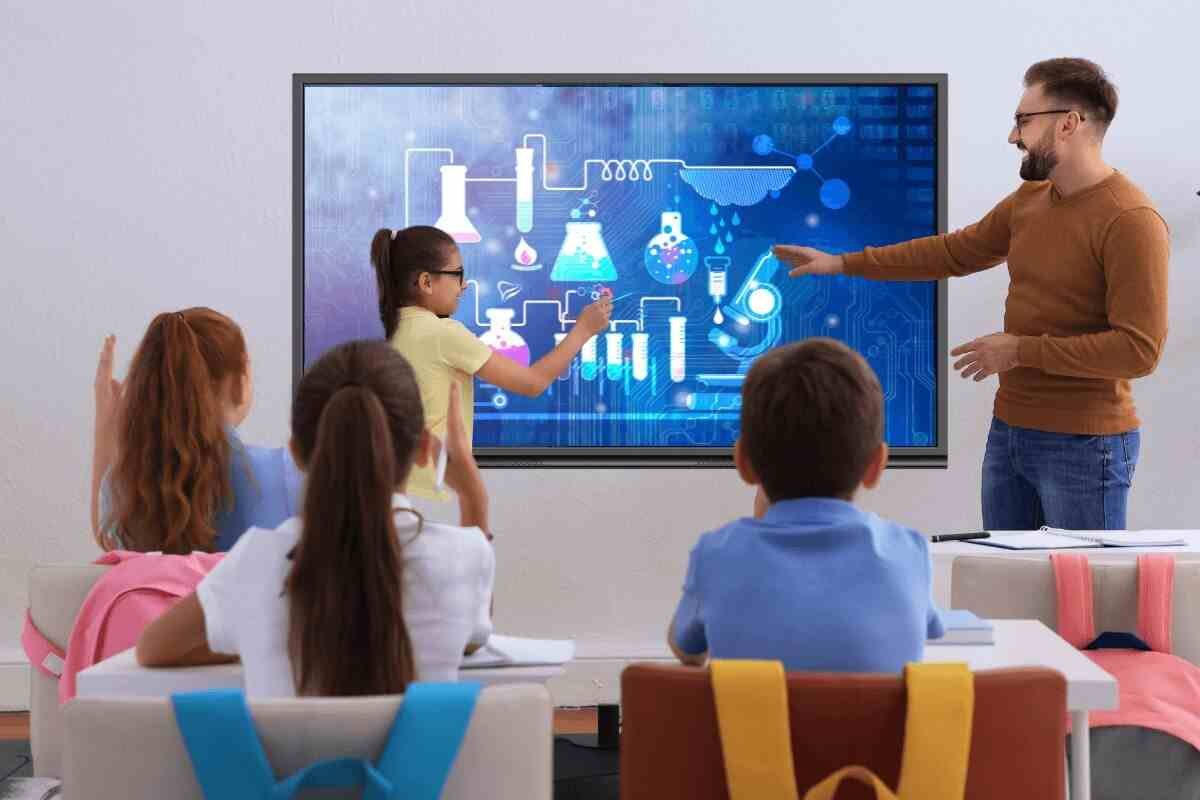In the era of mobile-first development, ensuring flawless functionality of mobile applications across various devices is crucial. Even though emulators and simulators give easy ways to test, they do not show all the details like how a real device would functions when using an app.
It’s only when you test on real mobile devices that you can see your application in action as it would be used by users or customers. With the ongoing increase in variety of mobile devices, including their hardware, software and user interaction patterns, the need for testing on real devices is all the more important now than ever before. Here is what you should know about the role of real device testing.
Understanding the Limitations of Emulators and Simulators
Emulators and simulators have been used in mobile app testing for a long time. These software environments aim to replicate the behavior of real devices, allowing developers to easily and cost-effectively test their apps by mimicking specific device characteristics. Emulators copy hardware and software of a device, while simulators focus on replicating the software environment without emulating hardware.
Even though these tools have much value, particularly during the initial phases of creation, they still come with their own restrictions. Emulators and simulators find it hard to fully imitate real-life circumstances like changes in network connection strength, battery usage variations, or effects of other installed apps. They also cannot completely copy the precise processing speed and memory limitations found on real devices which might cause differences when testing performance.
Also, some characteristics specific to the device like GPS, camera functions or biometric confirmation might not be simulated correctly. This can cause important errors or ease-of-use problems which can be missed and only appear when you test the app on a real device.
The Real-World Advantage of Physical Devices
Testing on real devices gives developers a genuine user experience. They can use the application just like normal users do, interacting with it in the same way as someone who is not involved in development. Taking this approach helps to discern subtle differences in user interface design, touch response and general app flexibility that could be overlooked during testing on emulators or simulators.
Real device testing also considers the great diversity in the mobile ecosystem. There are many manufacturers who make devices with different screen sizes and resolutions, processing abilities, as well as custom OS modifications. It is important to test on a good variety of physical devices to maintain compatibility and uniform performance across all types of phones.
Also, mobile application testing on real devices offer the possibility of testing in real network circumstances. Mobile applications usually show different behavior when they encounter changes in network speeds and problems with connectivity – these situations are difficult to recreate exactly within simulated surroundings.
Uncovering Device-Specific Bugs and Compatibility Issues
Real device testing is important because it helps identify device-specific bugs and compatibility issues. Each mobile device has its own unique hardware and software, which can sometimes cause unexpected problems when interacting with apps.
An app may work well on most devices but crash on a particular model due to exclusive hardware or software differences. Anticipating such problems solely with emulators is challenging. By testing on various real devices, developers can identify and resolve these device-related issues before users are impacted.
Additionally, by conducting testing on real devices, we can confirm if the app functions as expected with various OS versions and custom UI overlays that are applied by device makers. This becomes especially important in the Android environment where fragmentation poses a big obstacle.
Optimizing Performance and Resource Usage
Making sure mobile apps perform at their best is very important, and testing on real devices is a big part of this. When you test on real mobile devices, it gives the most precise understanding about how an app uses system resources like CPU power, memory and battery life.
Through keeping track of these measurements on real devices, developers can spot difficulties in performance, memory loss, and extra battery usage that may not be visible when testing with emulators. This data is very useful for improving the app’s performance to make sure it runs smoothly even on devices with lower capabilities and utilizes battery power effectively.
On the other hand, real devices give a more precise testing ground for an app’s influence on total device performance. This involves evaluating how smoothly the application functions in background mode, what kind of effect it has on other applications and its behavior when multiple tasks are being carried out simultaneously.
Verifying Integration with Device Features and Sensors
Today’s mobile devices include a range of sensors and components that apps commonly utilize to enhance their features. These include GPS, accelerometers, gyroscopes, cameras, fingerprint scanners, and NFC (near field communication), among others.
To test the integration of these features with an app, you will need physical devices. This is because emulators and simulators can have difficulty imitating these hardware elements effectively. Real device testing makes sure that characteristics such as location-based services, motion controls or camera-based functions perform accurately on various device models and operating system versions. This type of testing is especially important for apps that depend on device features a lot, like augmented reality or fitness trackers.
Ensuring Security and Privacy Compliance
Security and privacy are crucial in mobile app development, especially with the rising focus on regulations and user awareness regarding data protection. Real device testing plays a significant role in assessing security effectiveness and ensuring proper adherence to privacy rules.
Conclusion
Mobile application testing on real devices has become essential for ensuring the quality, performance, and user experience. While emulators and simulators are useful tools, the constantly evolving mobile environment with new devices, technologies, and user needs make physical device testing increasingly crucial. Testing on real devices provides developers with confidence that their apps will perform effectively for users, regardless of the device or environment. It uncovers important issues that may go unnoticed in simulated environments, helps improve performance and user satisfaction, and ensures compatibility across various mobile systems.









